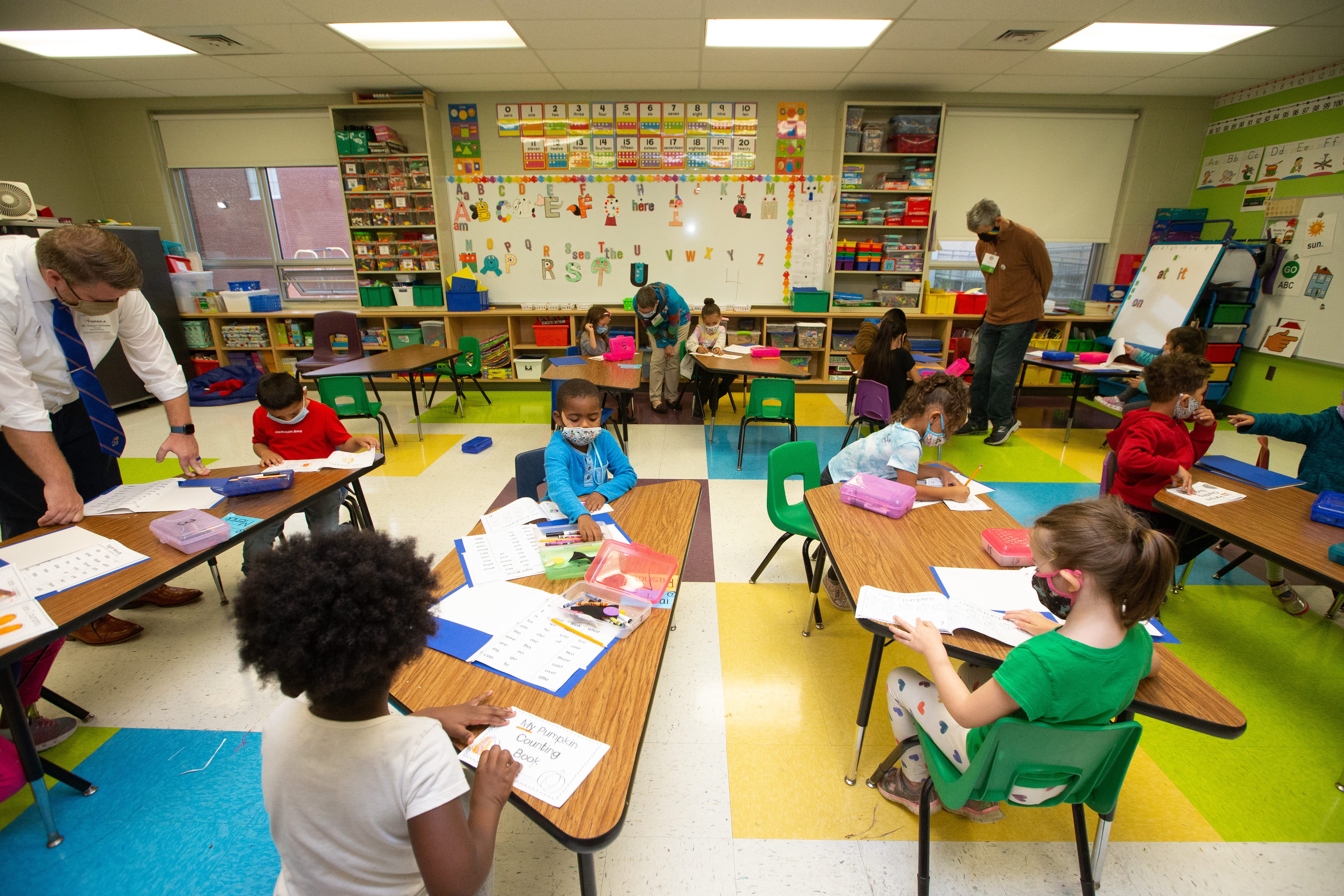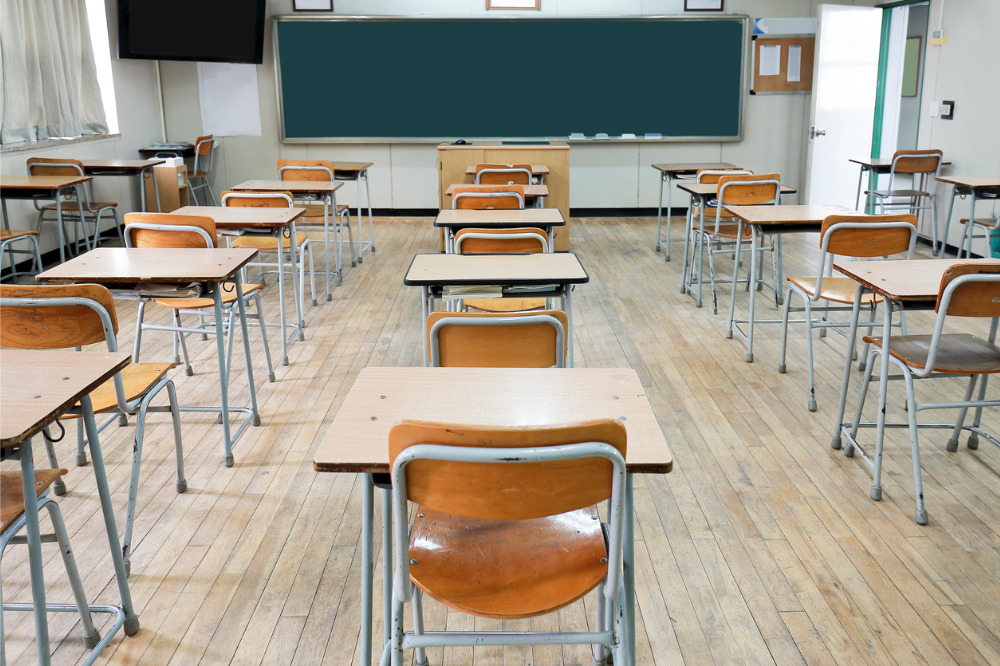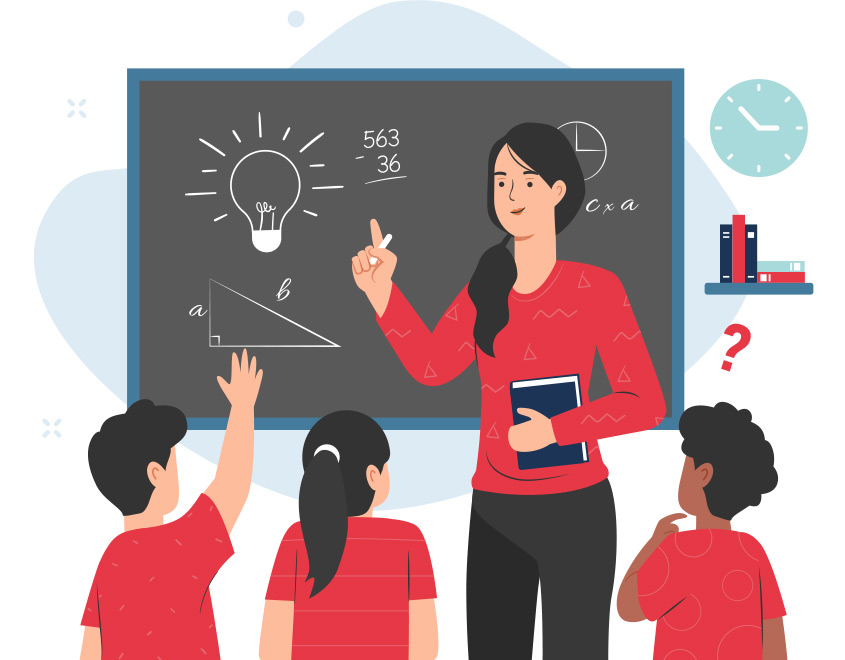Affordable Primary Science Tuition Singapore for All Learning Needs
Affordable Primary Science Tuition Singapore for All Learning Needs
Blog Article
Checking Out the Different Mentor Strategies in Primary Scientific Research Education Today
Inquiry-based understanding, hands-on experiments, and the combination of modern technology are redefining exactly how teachers engage young minds. Furthermore, collective approaches and differentiated instruction are being employed to provide to the varied demands of pupils, boosting both involvement and understanding.
Inquiry-Based Discovering
Inquiry-Based Learning (IBL) is an instructional strategy that motivates students to check out clinical ideas with doubting, investigation, and hands-on testing. This technique highlights the role of students as active individuals in their understanding, promoting critical thinking and problem-solving abilities. By engaging with real-world concerns, pupils come to be curious and motivated, which boosts their understanding of clinical concepts.
In IBL, educators function as facilitators, directing students as they browse their inquiries rather than supplying info directly. This student-centered strategy enables differentiation, suiting different learning designs and paces. Students create skills in developing hypotheses, designing experiments, and analyzing information, which are critical for scientific literacy.
In addition, IBL fosters cooperation amongst pupils, motivating them to share ideas and searchings for. This collective questions promotes social abilities and a feeling of neighborhood within the class. The process of questions encourages durability, as pupils learn to embrace failing as a tipping rock towards understanding.
Hands-On Experiments
Hands-on experiments are an important element of effective scientific research education, enhancing the principles of inquiry-based learning. These experiments permit students to engage directly with clinical ideas, fostering a much deeper understanding through experiential knowing. By adjusting materials and observing end results, young learners can understand abstract theories in concrete ways.
Such tasks advertise important reasoning and problem-solving skills, as trainees assume outcomes, conduct experiments, and analyze results. This process encourages them to ask concerns, fine-tune their understanding, and establish a clinical frame of mind. In addition, hands-on experiments can be customized to varied learning styles, ensuring that all students have the opportunity to engage meaningfully with the content.
Additionally, hands-on experiments frequently urge cooperation amongst peers, promoting teamwork and communication abilities. Operating in groups allows trainees to share ideas, review searchings for, and pick up from one an additional, which boosts their total educational experience.
Integrating hands-on experiments into the primary science educational program not only enhances the learning atmosphere but additionally cultivates a lifelong interest in scientific research. By actively taking part in their education, students are more probable to develop an interest for clinical inquiry that extends past the classroom.

Technology Integration
Incorporating technology into main scientific research education has ended up being significantly important in promoting trainee engagement and improving discovering end results. The use of digital devices, such as interactive simulations, digital laboratories, and instructional software, offers trainees with chances to check out scientific principles in ingenious ways. These sources facilitate a deeper understanding of complex subjects by allowing learners to picture and control variables that would certainly be unwise in a standard classroom setup.
Moreover, technology assimilation urges individualized finding out experiences. Pupils can proceed at their own speed, revisiting challenging ideas through multimedia sources, which accommodate different knowing styles. This adaptability try this website not only sustains private growth but also cultivates a feeling of autonomy in learners.
In addition, technology works as a bridge to real-world scientific research, attaching trainees with current research and expert payments. Access to scientific journals and online data sources broadens pupils' point of views on clinical inquiry and cultivates critical assuming skills.
Collaborative Learning
Joint discovering plays a vital duty in primary science education by promoting teamwork and interaction skills amongst trainees. This method urges learners to interact, share expertise, and involve in problem-solving, which improves their understanding of scientific ideas. By participating in team tasks, students discover to articulate their concepts, pay attention to diverse viewpoints, and negotiate remedies, all of which are important abilities in both real-world and academic contexts.

Research study indicates that joint knowing can bring about enhanced inspiration and involvement in science topics, as students discover satisfaction in shared experiences (primary science tuition Singapore). Furthermore, this technique prepares students for future collective undertakings, equipping them with the skills needed for reliable teamwork in college and specialist environments. Ultimately, accepting collaborative knowing in main scientific research education and learning can considerably enhance the learning experience and promote a deeper understanding of scientific query
Set Apart Instruction

Distinguished guideline can manifest in different methods, such as differing the web content, processes, or items of knowing. Instructors might make use of tiered assignments that offer differing degrees of complexity, enabling students to work at their respective preparedness degrees. Furthermore, adaptable organizing techniques can original site facilitate partnership amongst pupils with different capabilities, promoting peer understanding.
Assessment plays an important duty in this approach, as it informs direction and aids instructors recognize each pupil's distinct requirements. Developmental evaluations, such as monitorings and tests, can guide teachers in adjusting their strategies to enhance learning end results. primary science tuition Singapore. Inevitably, by carrying out set apart guideline in main scientific research education, educators can grow an extra fair and efficient learning setting, empowering all students to reach their complete possibility in comprehending scientific phenomena
Conclusion
In summary, the varied training strategies in main science education and learning, consisting of inquiry-based knowing, hands-on experiments, innovation combination, collaborative understanding, and set apart direction, collectively add to a much more effective learning atmosphere. These methods advertise important thinking, problem-solving abilities, and a deeper understanding of scientific ideas. By implementing these approaches, teachers can create appealing and supportive classrooms that resolve the different demands of trainees, inevitably cultivating a lifelong passion in science and boosting academic accomplishment.
Inquiry-Based Learning (IBL) is a pedagogical approach that encourages trainees to explore clinical principles with wondering about, investigation, and hands-on trial and error.Collaborative discovering plays an essential duty in main scientific research education by promoting team effort and interaction skills amongst students.Research study shows that collaborative knowing can lead to raised motivation and involvement in science subjects, as trainees locate satisfaction in shared experiences.In cultivating an inclusive discovering setting, distinguished direction arises as a crucial technique to fit the varied demands and capacities of students in primary science education and learning. Ultimately, by executing separated direction in main scientific research education and learning, instructors can cultivate a more fair and reliable learning setting, encouraging all view website trainees to reach their complete potential in understanding scientific phenomena.
Report this page